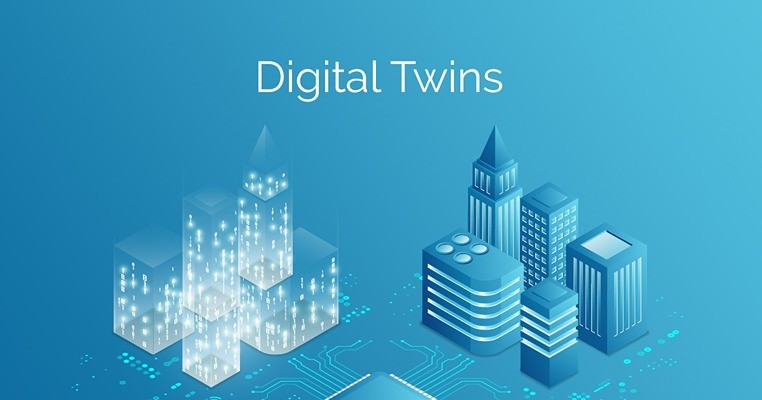In the ever-evolving landscape of technology, the convergence of the Internet of Things (IoT) and Software Development has paved the way for groundbreaking innovations. One such innovation that is gaining significant momentum is the concept of Digital Twins. This paradigm shift promises to revolutionize not only the way we design and develop software but also how we perceive and interact with the physical world through IoT. In this blog post, we will explore the multifaceted role of Digital Twins in the realms of IoT and Software Development.
Understanding Digital Twins:
At its core, a Digital Twin is a virtual representation of a physical object, system, or process. This representation is not merely a static model; instead, it dynamically mirrors the real-world counterpart by continuously updating itself based on real-time data. This seamless integration of the physical and digital realms enables a more comprehensive understanding, analysis, and optimization of the physical entity.
Role in IoT:
Real-Time Monitoring and Analysis: Digital Twins in the IoT ecosystem act as a bridge between the physical and digital worlds, providing real-time insights into the performance and status of connected devices. This enables proactive monitoring, allowing for quick identification and resolution of issues before they escalate.
Predictive Maintenance: By continuously analyzing data from the physical object, Digital Twins facilitate predictive maintenance. This means that potential faults or failures can be predicted, and maintenance activities can be scheduled to minimize downtime and enhance overall efficiency.
Optimizing Operations: The data collected from Digital Twins can be used to optimize operations and improve efficiency. Whether it’s manufacturing processes, energy consumption, or logistics, having a digital replica allows for scenario analysis and fine-tuning of parameters to achieve optimal results.
Role in Software Development:
Simulation and Testing: Digital Twins play a crucial role in software development by providing a realistic environment for simulation and testing. Developers can test their applications in a virtual setting that closely resembles the actual deployment environment, reducing the chances of bugs and enhancing overall system reliability.
Iterative Development: The iterative nature of software development can be greatly accelerated with Digital Twins. Developers can receive real-time feedback on how their software interacts with the physical world, allowing for rapid prototyping and continuous improvement.
Enhanced Collaboration: Digital Twins foster collaboration among cross-functional teams. Designers, developers, and engineers can collaborate more effectively by sharing a common digital representation of the system, leading to a more cohesive and streamlined development process.
Data-Driven Insights: Leveraging data from Digital Twins, software developers can gain valuable insights into user behavior and system performance. This data-driven approach enables informed decision-making and empowers developers to create more user-centric and efficient software solutions.
Conclusion:
The integration of Digital Twins in both IoT and Software Development marks a paradigm shift in how we conceptualize, design, and interact with technology. By bridging the gap between the physical and digital worlds, Digital Twins offer unprecedented opportunities for innovation, efficiency, and collaboration. As we continue to explore the potential of this transformative technology, the future holds exciting possibilities for industries ranging from healthcare and manufacturing to smart cities and beyond. Embracing Digital Twins is not just an evolution; it’s a revolution in the way we build and experience the digital landscape.

